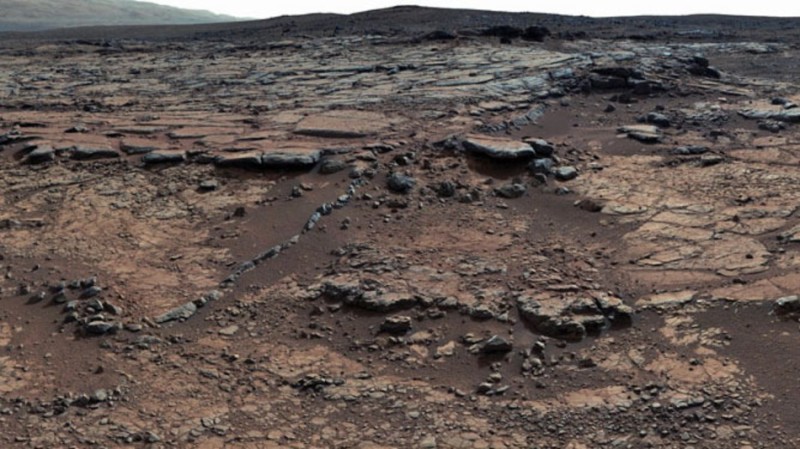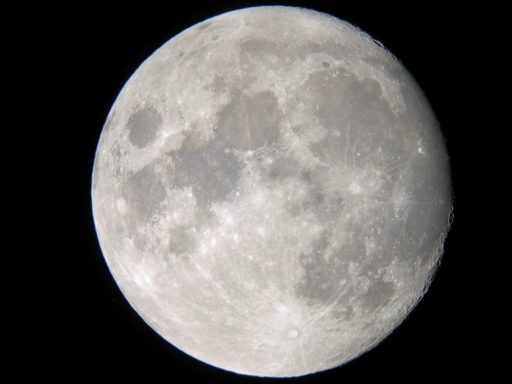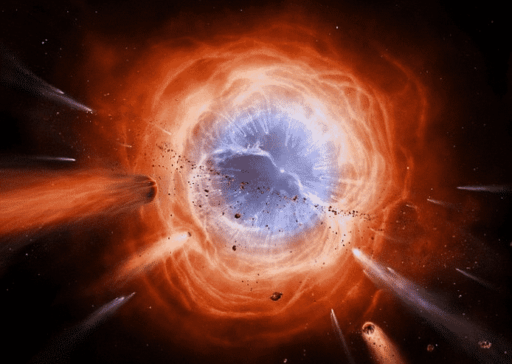Ever since Curiosity landed on Mars, the world has been eagerly waiting to get further updates about the planet. Earlier we have seen Curiosity discovering strong evidence about supporting life on Mars in distant past. And lately, the rover has found ancient lakebed on Mars.
It is being said that, water is the another name of life. Therefore, if a planet contains water, that bears the sign that it may capable to support life. For long time, many researchers have believed that either Mars has still the capability to support life or once upon a time it had supported life, although at present, Mars is a cold and barren desert world with no apparent sign of life. Logically, the speculations of scientists may not be false as NASA has already found drinkable water on Mars. Therefore, the hints till now discovered obligate us to think that Mars has or once upon a time had water.
Regarding this, NASA has even revealed a video about how Mars looked like 4 billion years ago. In that video it is shown that what Mars may have looked like if its atmosphere allowed for water. According to that video, billions of years ago Mars looked like Earth. At then, the climate of Mars was warm and wet and there was lakes with full of water and the water used to flow into the craters.
However, whether or not Mars really “has” or “had” water, but Curiosity has found an ancient lakebed on Mars. Curiosity landed on Aeolis Palus in Gale Crater on August 6, 2012, 05:17 UTC. Later, Curiosity started investigating rocks at a location called Yellowknife Bay which was full of Mudstones. Scientists believe that these Mudstones were formed in a lake that may have existed on the planet for hundreds of thousands of years. The 150 kilometer-wide (93-mile) impact basin, with a mountain at its center, might have supported the lake.
According to NASA, the site contains “at least one lake” that would have been perfectly suited for colonies of simple, rock-eating microbes found in caves and hydrothermal vents on Earth. The results show that the lake was definitely a habitable environment. The findings was announced at the American Geophysical Union conference in San Francisco.
Source: Discovery News
[ttjad keyword=”i-doc-station”]



